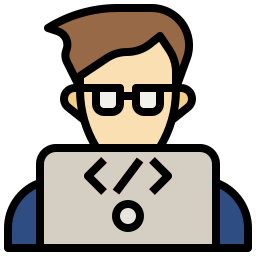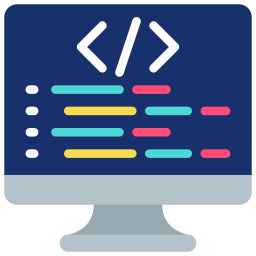~ Getting Started
Step 1

Set Up Your Development Environment
To start learning Objective-C, you need a Mac and should install Xcode, Apple’s free official IDE. Xcode provides all necessary tools, including a code editor, interface builder, debugger, and Apple frameworks. After installing, create a macOS command-line tool project in Objective-C to begin experimenting. Get familiar with the IDE, run and debug simple programs, and explore the documentation to navigate Apple’s developer resources.
Check Resources >>Step 2
Learn Objective-C Syntax and Core Concepts
After setting up your environment, start learning Objective-C by mastering its basic syntax and concepts—such as variables, data types, loops, and conditionals—then move on to object-oriented features like classes, methods, inheritance, and message passing. A key aspect of Objective-C is its unique message syntax, inspired by Smalltalk, which looks like [myObject doSomething]. This syntax reflects the language’s dynamic runtime behavior. To reinforce your learning, use resources like Apple’s Objective-C Programming Guide, RayWenderlich.com, and open-source code on GitHub for practical examples.
Check Resources >>Step 3

Build Small Projects & Explore Apple Frameworks
To solidify your understanding of Objective-C, apply what you've learned by building small projects. Start with simple command-line apps, then progress to basic macOS or iOS apps using Cocoa or Cocoa Touch. Projects like a to-do list, calculator, or basic game with SpriteKit help you practice working with Apple’s APIs and the Model-View-Controller (MVC) design pattern. As you gain confidence, dive into advanced topics like memory management, delegates, categories, and protocols. These hands-on projects will deepen your skills and give you practical experience with real-world Objective-C development.